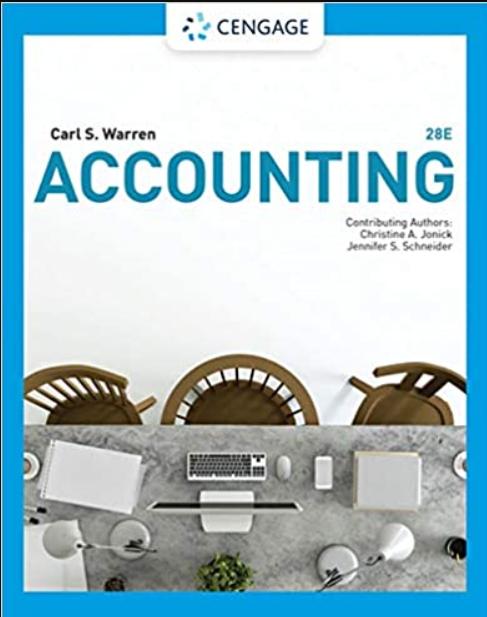Question
BMW, owner of the BMW, Mini, and Rolls-Royce brands, has been a major presence in Europe since 1916. The company still sells 46 percent of
BMW, owner of the BMW, Mini, and Rolls-Royce brands, has been a major presence in Europe since 1916. The company still sells 46 percent of its cars in Europe, and growth is highest there. However, China is becoming one of BMWs most important markets. In 2016, the company sold over 520,000 cars in China, and BMW has turned to the Chinese market as a primary focus for future sales.
Despite rising sales revenues, BMW is conscious that its profits are often wiped out by changes in exchange rates. The company has pointed out that it was hit particularly hard by Chinas currency devaluation in late 2015. BMW Brilliance Automotive Co. Ltd., BMWs subsidiary in China, imports about half its components from Europe and elsewhere, and it faced major declines in profit because of the negative effects of unfavorable exchange rates.
However, BMW did not want to pass those exchange rate costs on to consumers through price increases. Its rival, Porsche, had done that in the United States at the end of the 1980s, and sales plunged as a result. Instead, BMW took a two-pronged approach to managing its foreign exchange exposure.
The first strategy was to use a natural hedge against risk, meaning the company would develop ways to earn and spend money in the same currency. To do so, BMW sought ways to keep revenues in the country and spend in the local currency. The company tried to import fewer products from Europe, and instead sourced products locally from factories in China. It also worked with local Chinese vendors to spend more of the renminbi it earned in China. By moving more of its production to China and other Asian markets, the company not only reduced its foreign exchange exposure but also benefitted from being closer to its new customers.
However, not all exposure could be offset in this way, so BMW decided it would also use formal financial hedges and currency options. To achieve this second strategy, BMW set up regional treasury centers in the United States, the United Kingdom, and Singapore. These centers took on the responsibility of monitoring and reviewing exchange rate exposure in each region in which the company operated. Staff there produced weekly reports for the finance operations staff in BMWs Munich headquarters, so the company could monitor when and where to move currencies across countries, when to buy currency hedges, and what currency options it needed to mitigate foreign exchange risk.
Case Discussion Questions
- What types of exchange risk does BMW face when selling cars in China?
- How can BMW best manage risks from currency exchange exposure in China?
- How do the different types of hedging help BMW reduce currency risk?
- What other industry or company would benefit from the procedures BMW created?
Step by Step Solution
There are 3 Steps involved in it
Step: 1

Get Instant Access to Expert-Tailored Solutions
See step-by-step solutions with expert insights and AI powered tools for academic success
Step: 2

Step: 3

Ace Your Homework with AI
Get the answers you need in no time with our AI-driven, step-by-step assistance
Get Started


